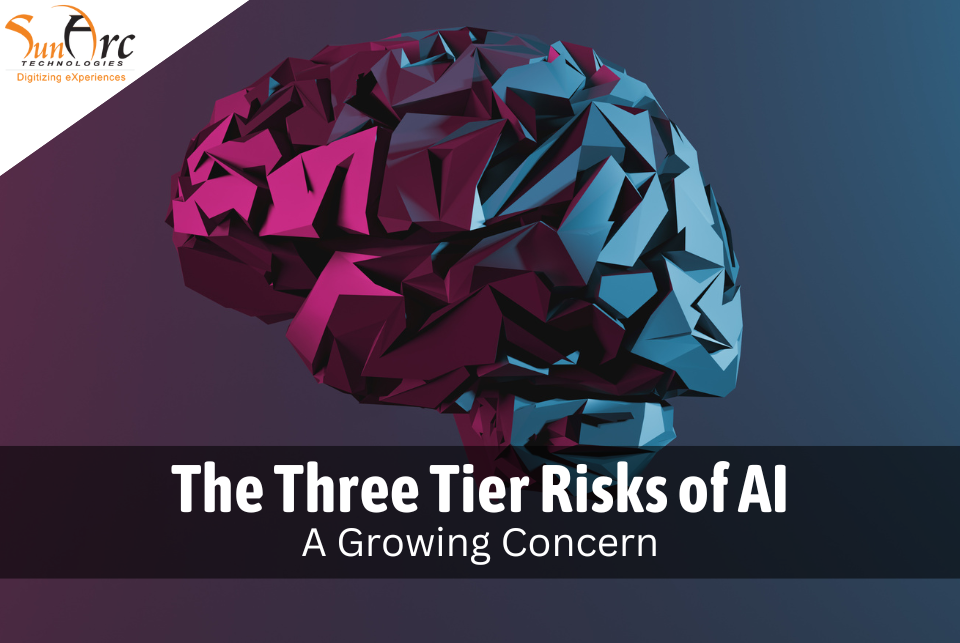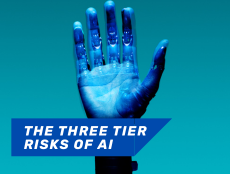With the increasing adoption of AI there has been a corresponding rise in awareness of its potential negative implications.
Experts are concerned that the rapid advancement of AI could have disastrous effects on everyone.
Machine learning aims to make human existence easier and ensure that everyone, everywhere, has unlimited and straightforward access to information.
The absence of regulations in the present state of Artificial Intelligence may result in adverse outcomes for its consumers and the global community.
A few days before, Geoffrey Hinton, a legendary pioneer in the fields of AI and ML who spent a decade working on AI development at Google, left the organization with a note on AI that “dangers of chatbots were ‘quite scary’ and warned they could be exploited by ‘bad actors.'”
Similarly, During a panel discussion at the World Economic Forum in Geneva on Wednesday, Michael Schwarz, the Chief Economist of Microsoft, said that he was “confident bad actors will use AI, and yes, it will cause real damage.”

Why are people so afraid of AI?
Since the arrival of AI, people have been very worried about their jobs and security. Artificial intelligence can perform tasks that were once exclusive to humans. These tasks include writing essays, organizing events, and acquiring proficiency in a foreign language.
According to experts, the unregulated use of AI systems may lead to various concerns, such as misinformation, cyber-security threats, job loss, and political bias.
If a single chatbot can perform all these tasks, it could reduce the number of human jobs available.
According to Bloomberg, IBM CEO Arvind Krishna is freezing hiring in non-customer-facing professions that might be replaced by artificial intelligence.
Krishna said the changes would primarily affect non-customer-facing positions like human resources, which employs 26,000 people.
Krishna told Bloomberg, “I could easily see 30% of that getting replaced by AI and automation over five years,” referring to 7,800 employees.
Together with that, Goldman Sachs has released research estimating that 300 million jobs are at risk due to generative AI According to the B.B.C.’s study summary, artificial intelligence can eliminate the need for as many as 300 million full-time positions.
This data might be enough to make people afraid of AI. But if employees can identify the skill gap, they will need help to replace them.
The Three Tier Risks Of AI
1. Tier 1: Short Term Risk
The risk of Disinformation, According to Arizona State University computer science professor Subbarao Kambhampati: “There is no guarantee that these systems will be correct on any task you give them.”
Since these systems provide the information with what appears to be absolute certainty, it can be challenging to determine what is true and what is not. Experts are worried that people will rely on these systems for everything from medical guidance, facts and figures(which are ever-changing), and emotional support to decision-making data.
Professionals are concerned that these systems may be abused by the public, leading to the dissemination of false information. They are convincing because of their human-like conversational abilities.
2. Tier 2: Medium Term Risk
The risk of Job loss, according to Oren Etzioni, the first CEO of the Seattle-based Allen Institute for AI, “rote jobs will disappear.”
Some experts are concerned that the advent of new forms of artificial intelligence will lead to the loss of jobs. Today, machines like the GPT -4 are most often used to supplement human labor. However, OpenAI knows its technology can potentially displace human labor in some fields, such as internet content moderation.
It still needs to be possible for AI to replace professionals like attorneys, accountants, and medical physicians. But it might eliminate the need for secretaries, interpreters, and paralegals.
3. Tier 3: Long Term Risk
Loss of control, According to Anthony Aguirre, a theoretical physicist and cosmologist at the University of California, Santa Cruz, and co-founder of the Future of Life Institute, “If you look at a straightforward extrapolation of where we are now to three years from now, things are pretty weird.”
They express concern that AI might bring unanticipated difficulties because it often learns unexpected behavior from the massive volumes of data it analyzes.
Since LLMs can write their computer code, experts fear that when businesses start plugging them into other internet services, they may gain capabilities no one bargained for. There is concern that allowing competent AI systems to execute developer-written code may expose the world to new dangers.
How To Mitigate The Risk of AI?
On the one hand, artificial intelligence (AI) has drawbacks such as the instability of employment and the insecurity of data; nevertheless, AI also has its benefits in a significant way, which everyone who uses them is quite familiar with.
And if you want the benefits to be greater and the losses to be lower, then you will have to bring it under the authority of specific laws and regulations.
The challenge, therefore, becomes determining how to use AI morally responsible. Organizations can take many approaches to introducing AI into their processes.
Companies may train employees to monitor AI systems, gather high-quality data, and clarify AI results. Company heads may even institutionalize AI by setting guidelines for what AI is allowed in the workplace.
And the recent example of this is Samsung. According to Bloomberg, Samsung Electronics has prohibited ChatGPT and other AI-powered chatbots by its employees, making it the latest corporation to tighten down on using AI services in the workplace due to security concerns.
So overall, producing ethical technology and ensuring the future of AI stays promising for future generations requires striking a balance between high-tech innovation and human-centered thought.
And if we go forward with AI while maintaining everyone’s participation, we will be able to reach the sky without suffering any losses.

